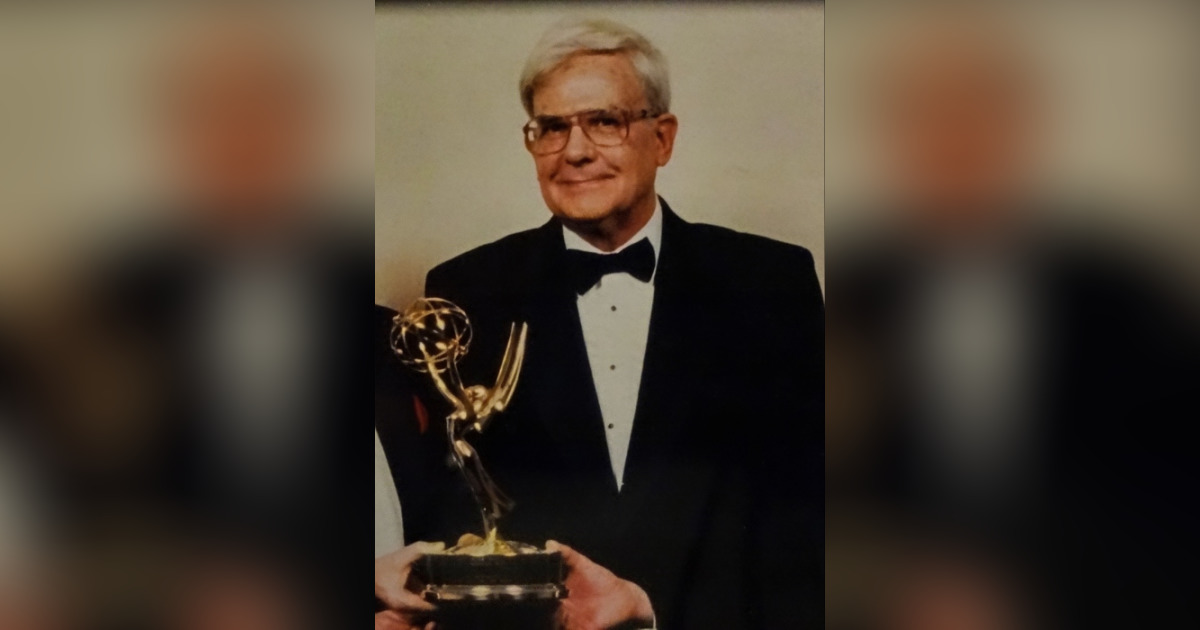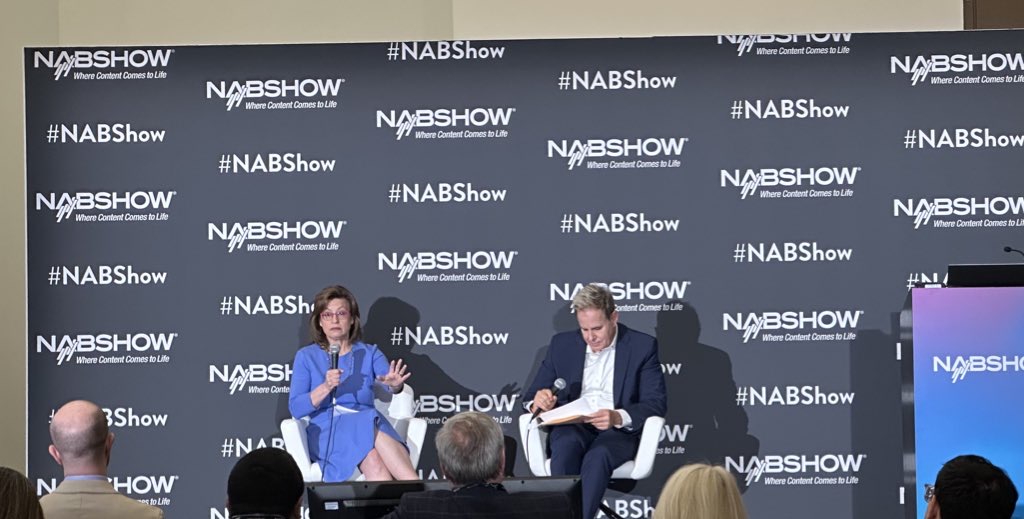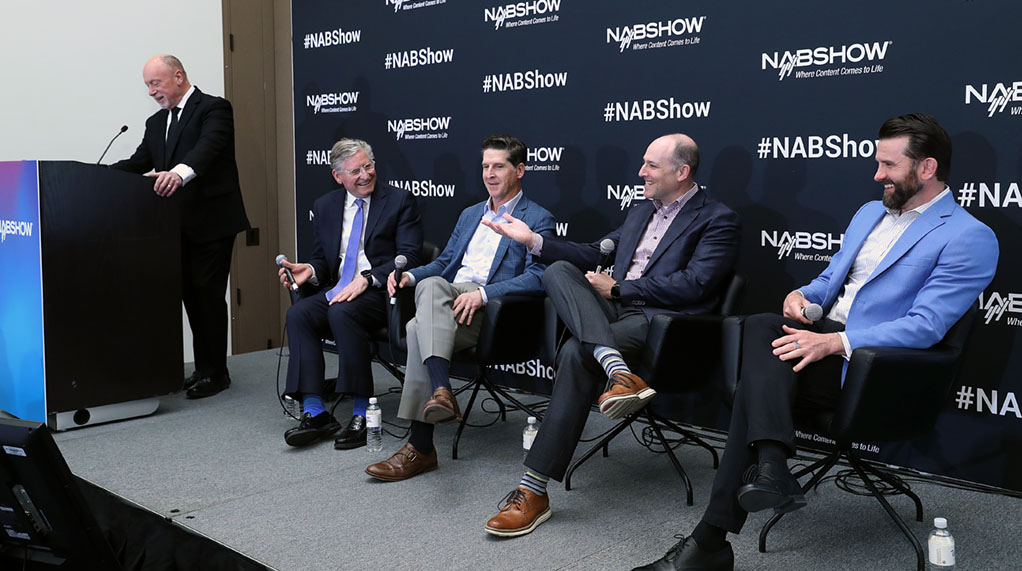Hank Mahler, Developer of the SMPTE Color Bars, Passes Away
CBS Labs veteran received Emmy for digital noise reduction technology

Henry (Hank) Mahler, a true motion picture and television engineering icon, passed away on Oct. 5, 2021 at the age of 84.
After graduating from Stevens College with a BSEE, Hank joined the CBS Technology Center in Stamford, Conn. One of his first projects at the technology center was destined to become one of the most widely used audio processing technologies. Hank was part of the team that designed and built the CBS Laboratories Audimax and CBS VoluMax, which were considered the “gold standard” for audio processing used in the AM/FM and Television Broadcasting industry.

Today we are all familiar with the congressionally mandated CALM (Commercial Audio Loudness Mitigation) Act, which directs the broadcasting and cable industries to control the loudness of their commercial content. For Hank Mahler that was “déjà vu, all over again,” as Hank had helped develop the first audio loudness meter for measuring human perception of loudness. In fact, many of the audio curves specified by the International Telecommunications Union (ITU-R BS.1770) approximate the original CBS Loudness Meter design that dates back to the early 1960’s.
Hank also received a patent for developing an audio meter capable of indicating 60dB of audio range while the typical VU meter displays approximately a third of that range. Hank also worked on the CBS 360 Record/Player, which was a stereo self-contained solid state audio recorder.
Slo-Mo & Stop Action
Although Hank’s first projects at the CBS Laboratories were audio projects, his expertise was not confined to audio systems and circuits. His next big project was to develop the first black and white slow motion and stop action system, which recorded up to 20 seconds of video. In 1966, the National Academy of Arts and Sciences (NATAS) awarded CBS an Emmy for the Stop Action Playback System.
During the early days of color television, maintaining timing and calibration of the analog color systems was a challenge. To aid in this calibration process, Hank developed the
SMPTE Color Bars and was recognized by the National Academy of Television Arts and Sciences in 2002 for standardizing and building the first SMPTE color bar generator.
Get the TV Tech Newsletter
The professional video industry's #1 source for news, trends and product and tech information. Sign up below.
Hank’s next project was the Digital Noise Reducer, which received an Emmy Award in 1977 for its innovative processing capabilities.
As digital video became more prevalent in television production, Hank Mahler, working with a team at CBS Labs, created “CBS Action Track”. This permitted the viewer to see the path of key sporting plays, such as the path of a golf ball on the green or the curve of a football in the air.
While the CBS Field Sequential Color System was supplanted by the NTSC Color Standard, the Field Sequential Color Camera did make notable contributions to image capture. Hank worked on the Field Sequential Color Camera and demonstrated it to the Westinghouse Corporation, the subcontractor for the NASA color Moon Camera on the Apollo 14 mission, which provided the first color images on the moon.
News & Sports Innovations
Hank’s work was not just confined to audio and video. He developed the first color light amplifier and image intensifier used at the 1972 political conventions, which was mounted on a 16mm film camera.
During the early days of analog NTSC color television, telephone video circuits were quite expensive. To maximize the use of these circuits, Hank next worked on a project that allowed for two color television signals to be simultaneously transmitted and received on a single video circuit. The STRAP (Simultaneous Transmission and Reception of Alternating Pictures) was used by CBS News to maximize their newsgathering capabilities.
Hank also was part of the engineering team that revolutionized Sports Production through the development of the TRIAX coaxial camera system, which received an Emmy award in 1992.
After the CBS Technology Center was closed, Hank continued his career at CBS as the Associate Director of Advanced Technology in the New York CBS Engineering Lab. Hank was part of the engineering team that launched the CBS TV Network’s HD service in 1998 that included John Glenn’s return to space and three NFL games. He continued to make invaluable contributions to the development of High Definition television and review of major capital equipment purchases at the CBS Television Network, as well as Owned and Operated TV stations.
In the early days of High Definition production, many in the motion picture and television industries were reluctant to give up their tried and true method of capturing the images on 35 mm film. Hank’s research (1985 -2003), and seminal 2003 paper, “The Image Resolution of 35 mm Cinema Film in Theatrical Presentation” shook up the Hollywood production community.
Hank’s research and testing was part of the ITU-R Study Group 6 work related to Large Screen Digital Imagery (LSDI). A test was performed to determine the end-to-end resolution provided by 35 mm cinema film projection in typical motion picture theater. A resolution test pattern was photographed on a 35 mm negative film stock typical of those used for the production of feature films, and 35 mm interpositive, inter-negative, release prints and answer prints were struck from that negative in conformity with cinema routines.
This research provided definitive proof that the 1920x1080 High Definition video format could deliver comparable or better quality to that of 35 mm film in the cinema and ultimately to the consumer’s home. Today, the vast majority of motion picture and television production is acquired electronically in High Definition or UHDTV.
Many a vendor dreaded having their equipment evaluated in the CBS Engineering Lab, because Hank would inevitably uncover issues that required them to “go back to the drawing board.” However, in the end, when the equipment passed Hank’s muster and received the CBS Engineering Lab “Good Engineering Seal of Approval,” it was a world-class product and was recognized by the industry as being top of the line in its category.
If you wanted to stay on Hank’s good side, you would never interfere with his coffee breaks, which he would announce VERY loudly in his deep baritone voice, “COFFEE.” The lunch time volleyball games at the CBS Laboratories in Stamford, turned Hank into a jovial, but fierce competitor.
There were many CBS Lab colleagues that fell prey to Hank’s practical jokes, and they reciprocated by sending him a fake termination “pink slip.” His office was plastered, not with his technological accomplishment, but with family photos, indicating what was important in his life.
Hank’s most endearing qualities were his humble nature, engaging smile and willingness to use his vast engineering knowledge to educate his fellow engineers. He will be missed by his immediate family and by his CBS Family who had the privilege of working with him for over 60 years.
Bob Seidel is a former President of SMPTE; Chairman of the Engineering and Technology committee for the National Academy of Television Arts and Sciences; and former CBS VP of Engineering and Advanced Technology










